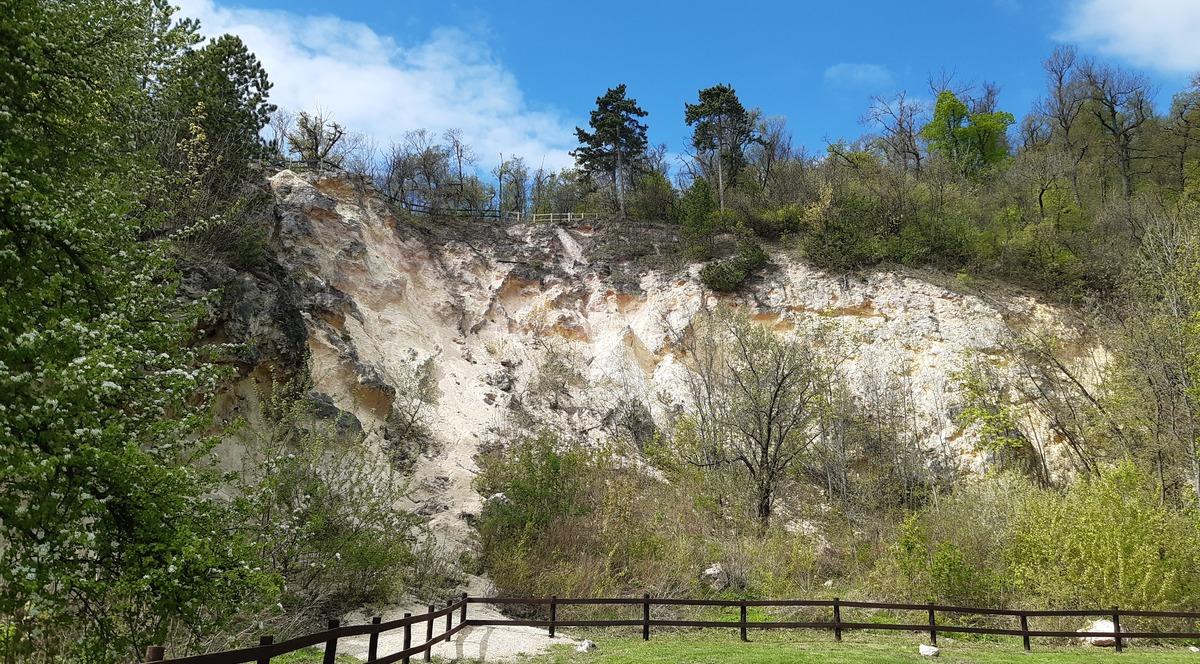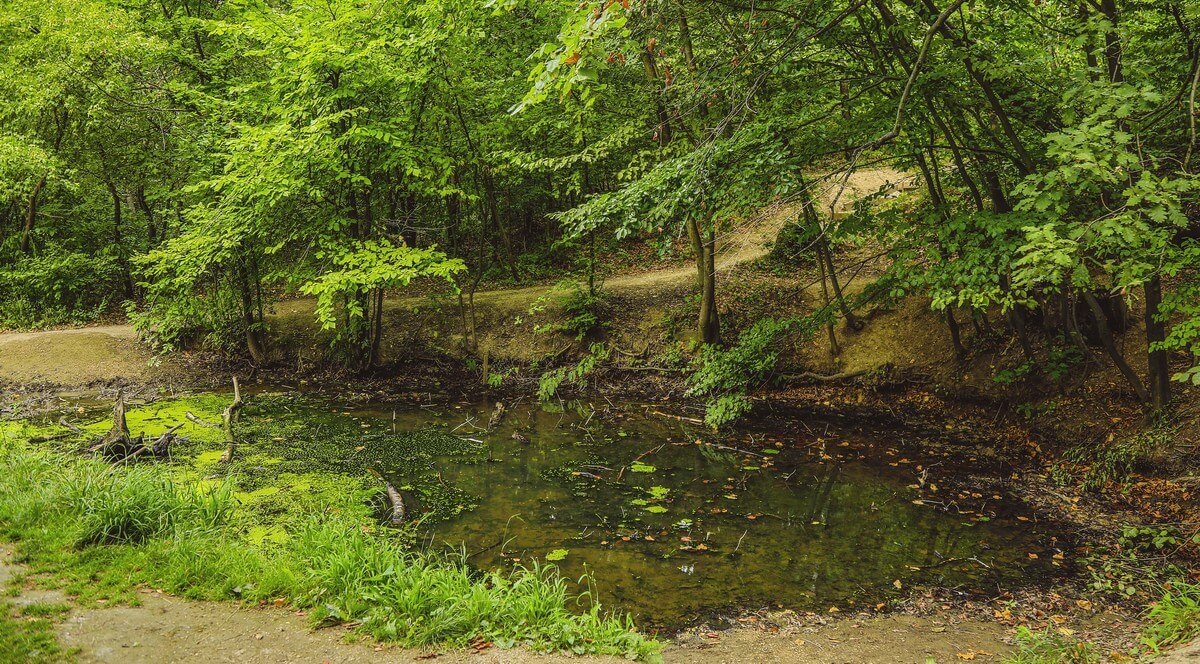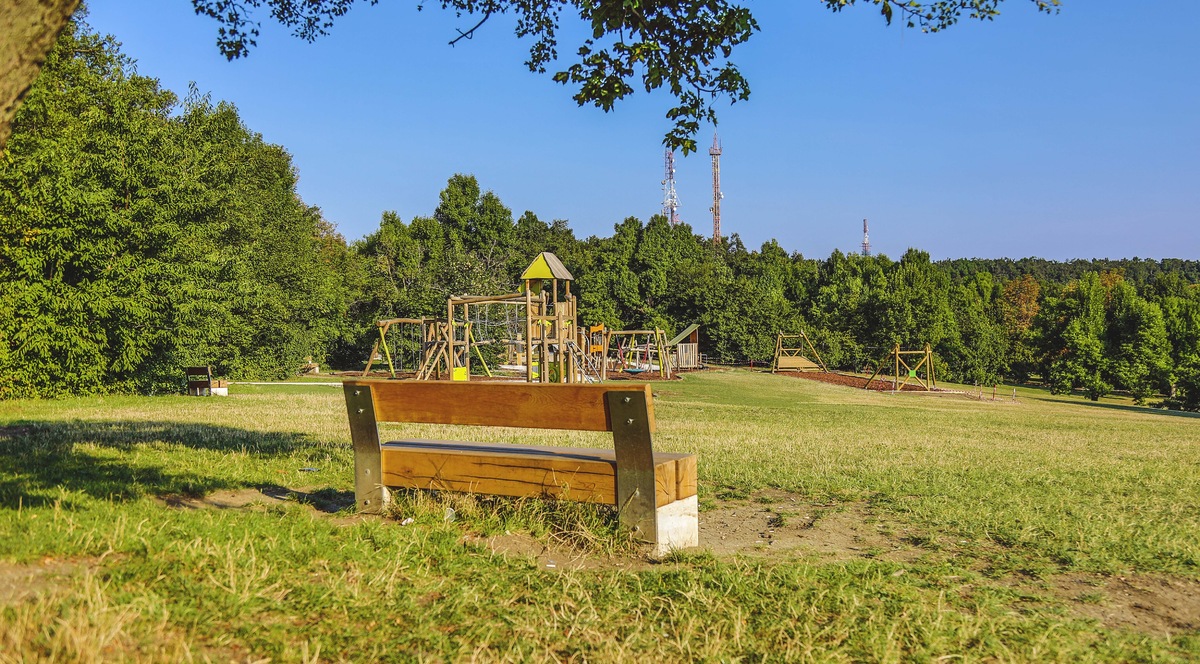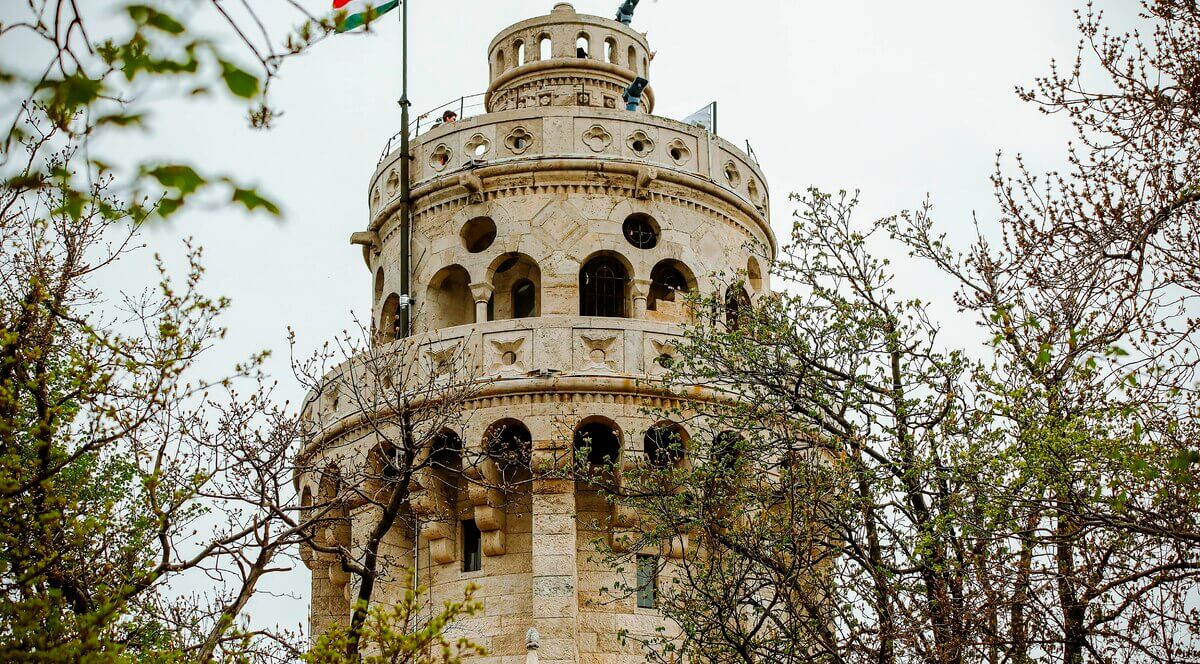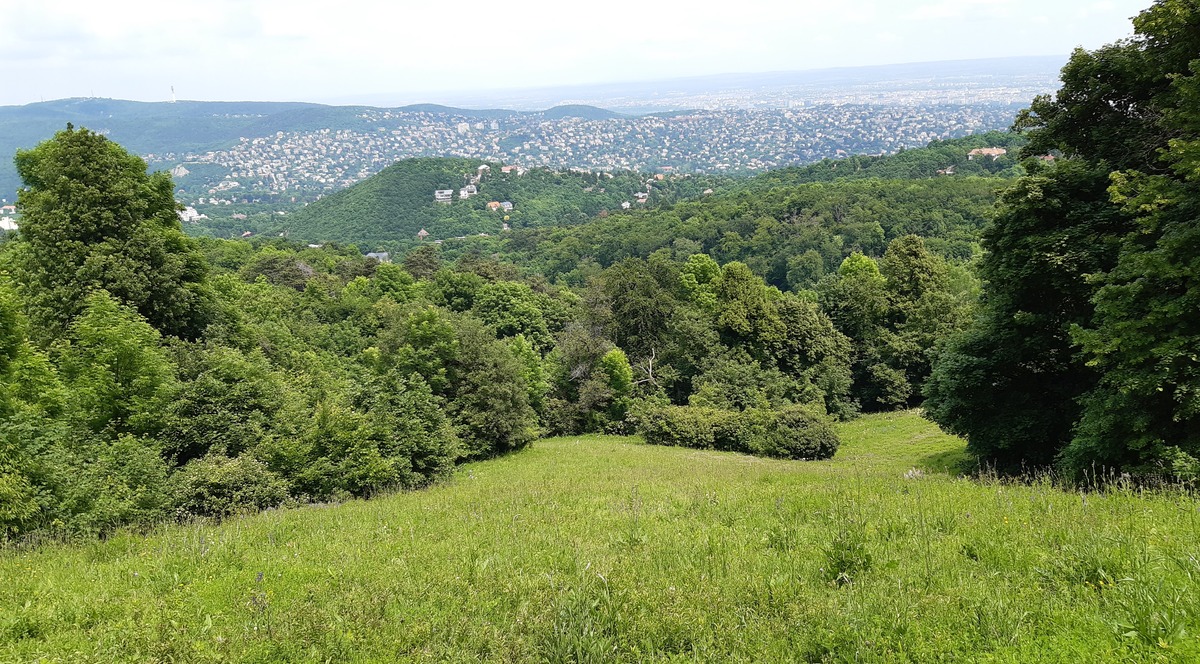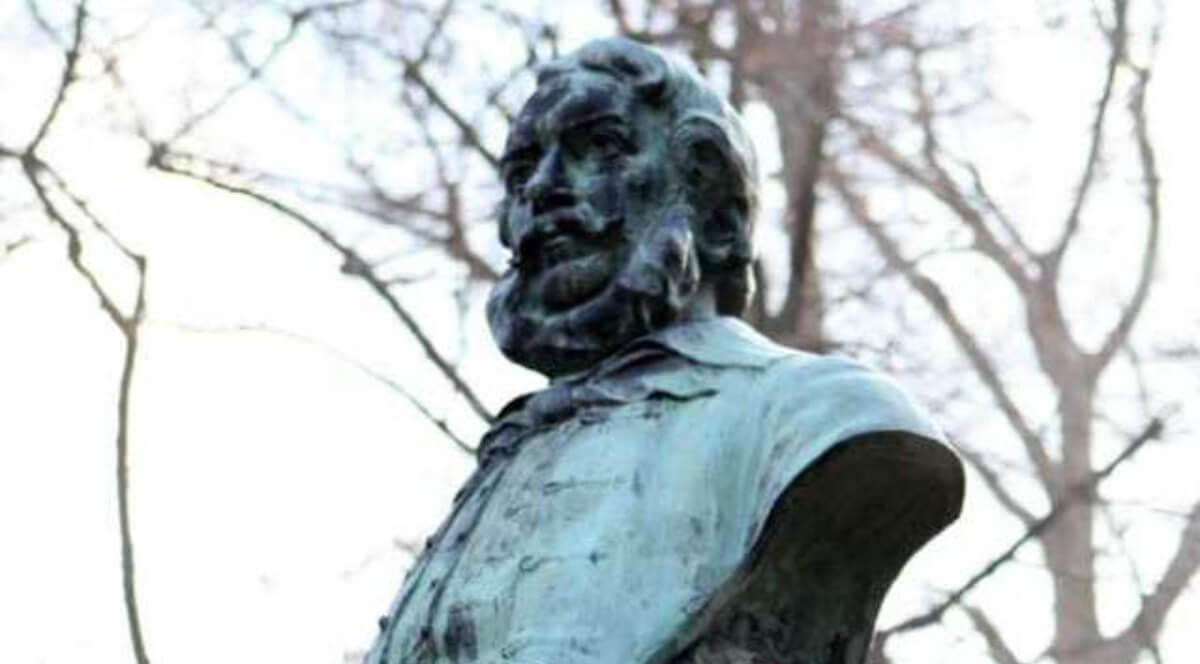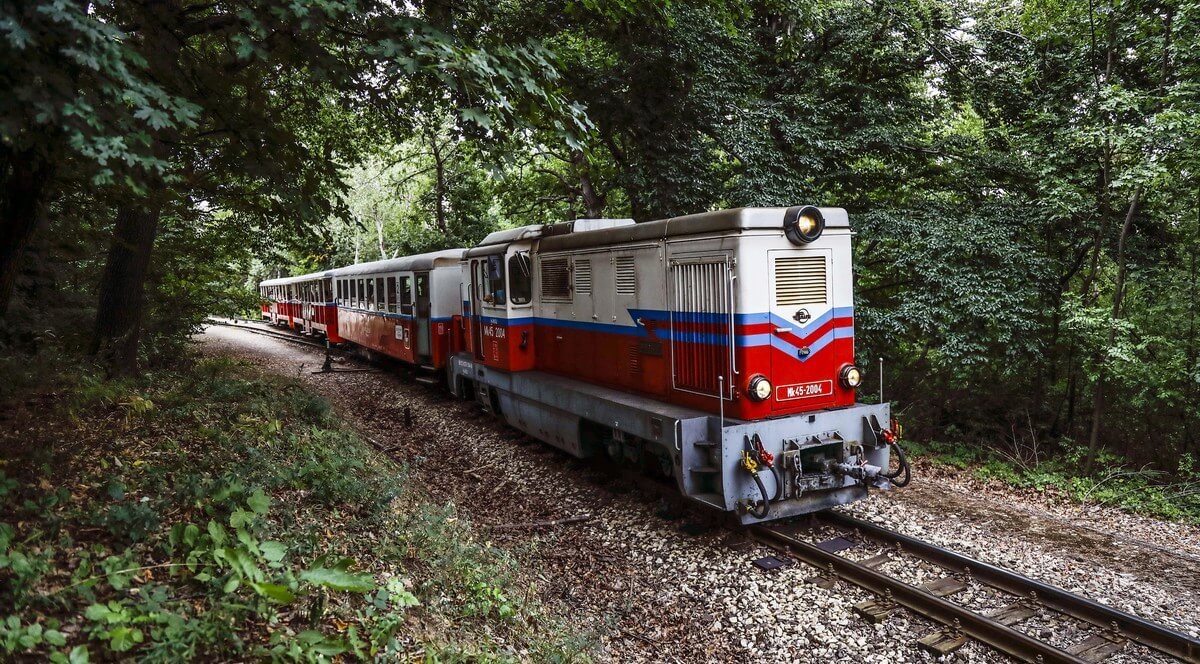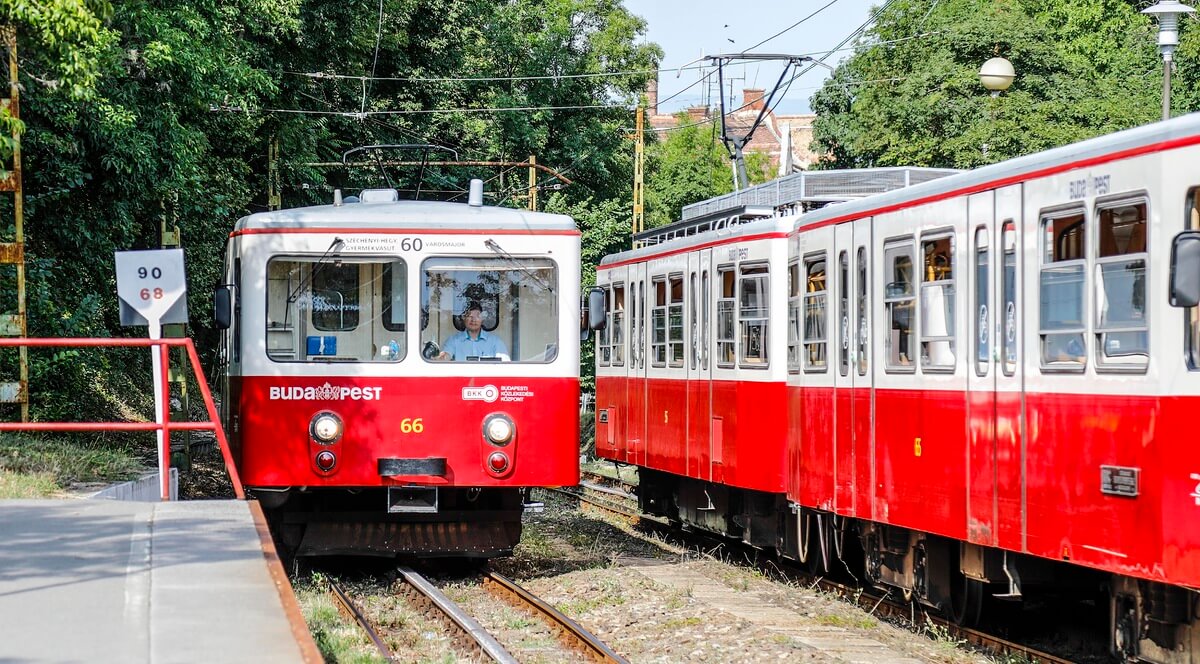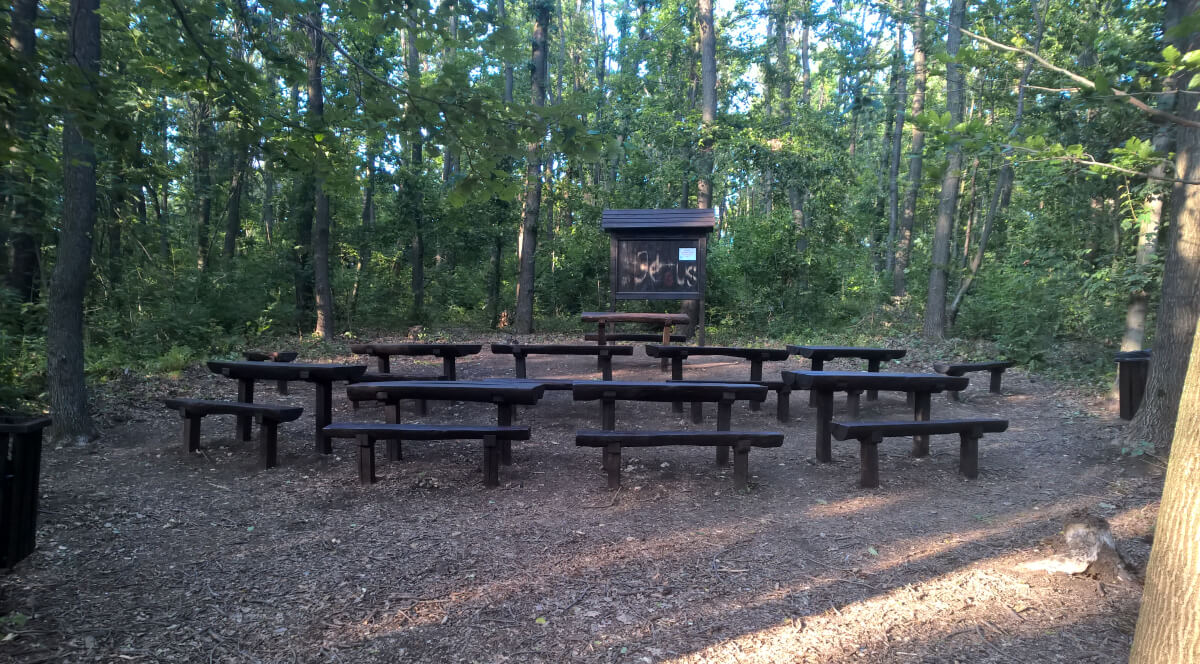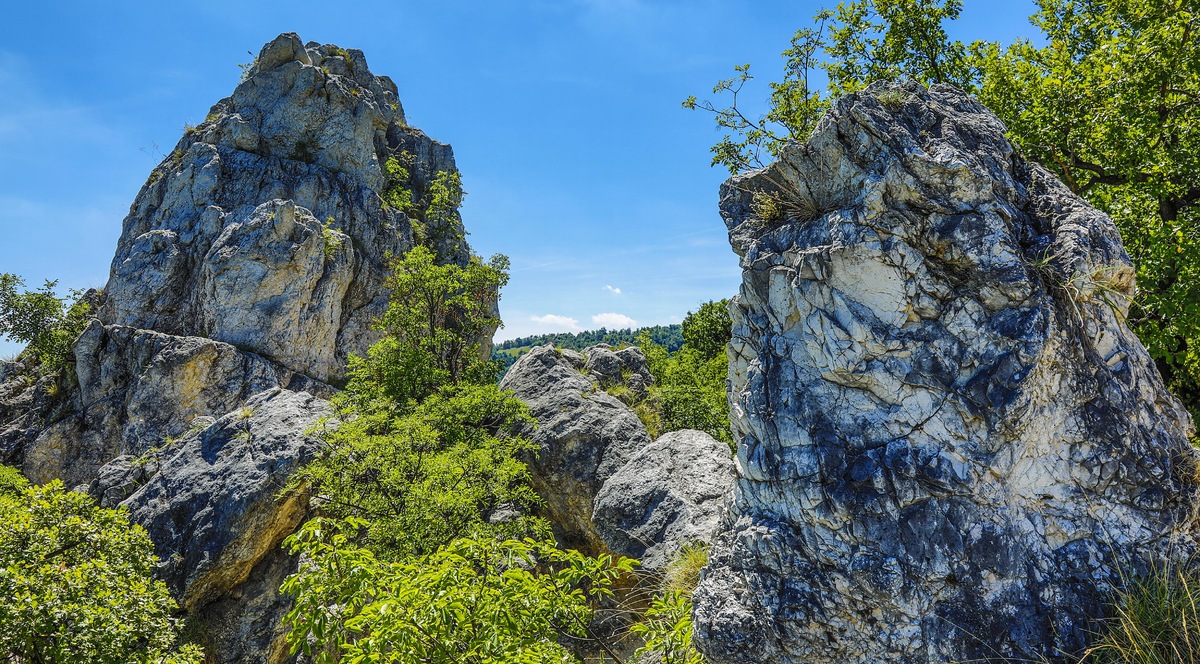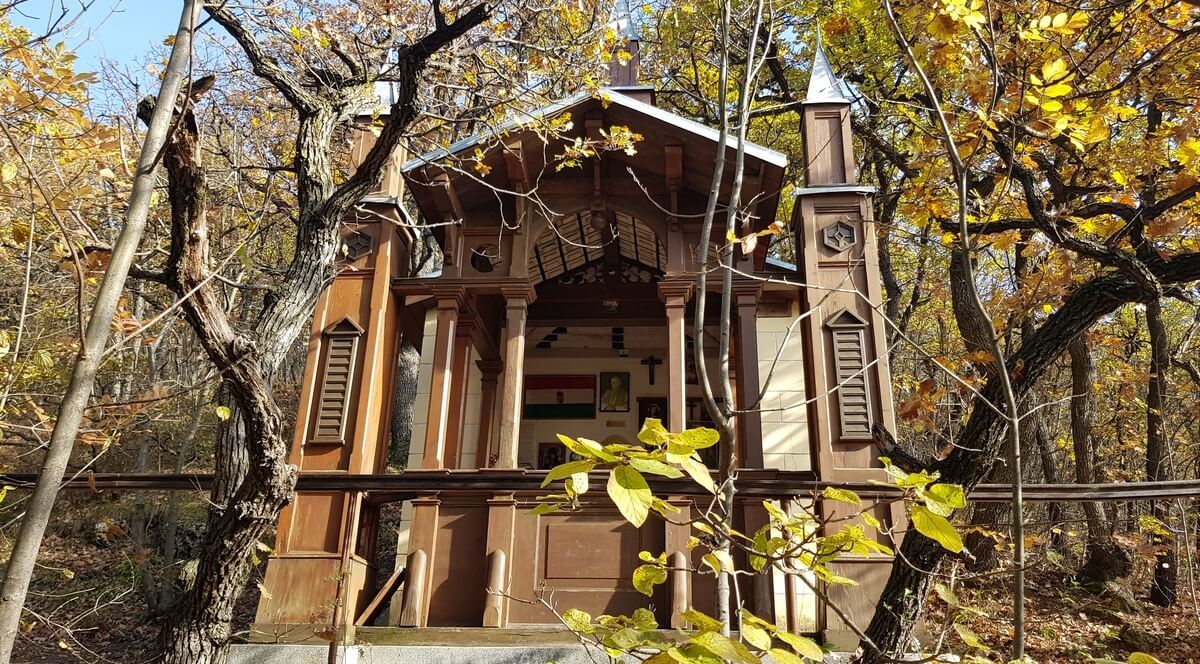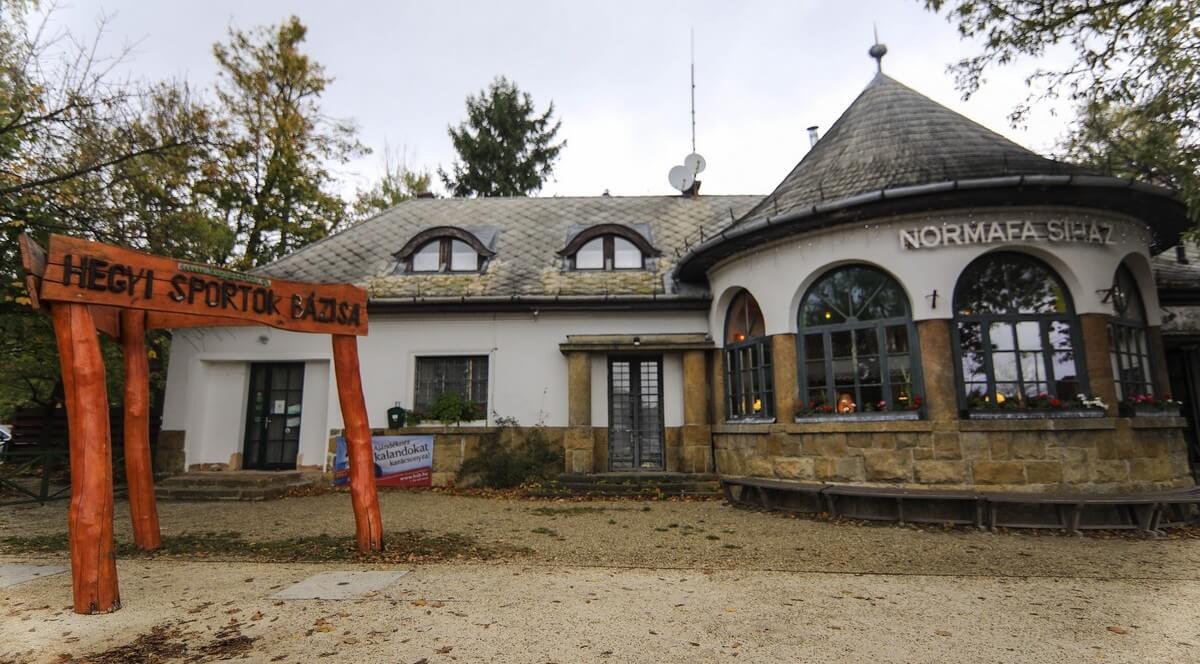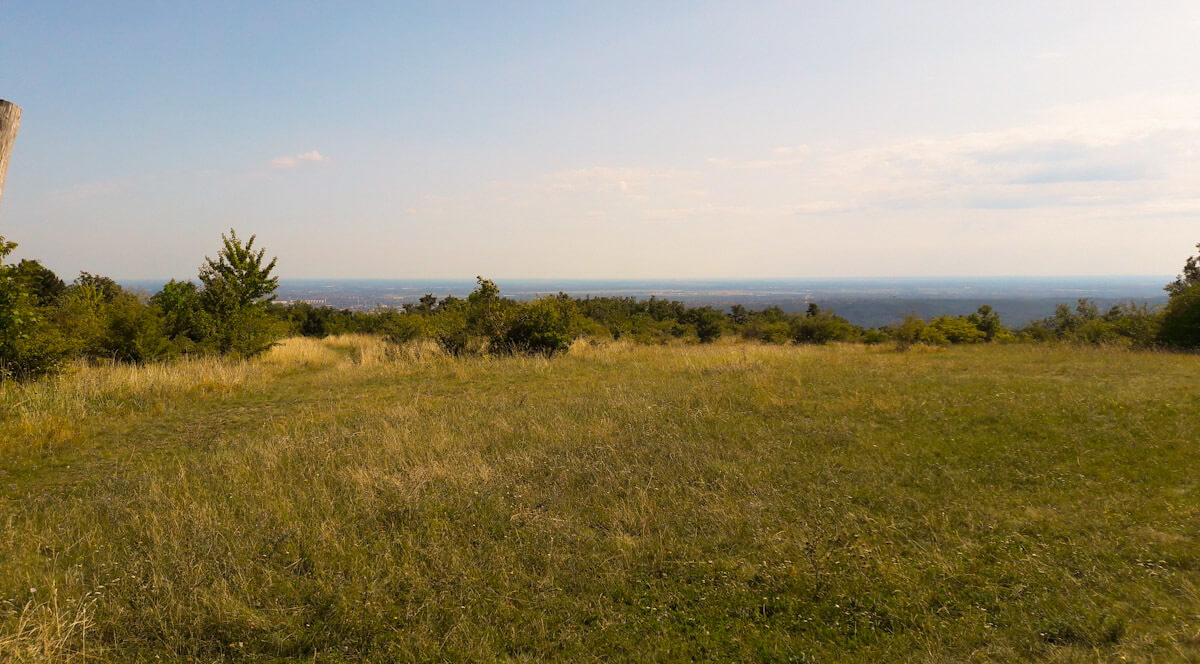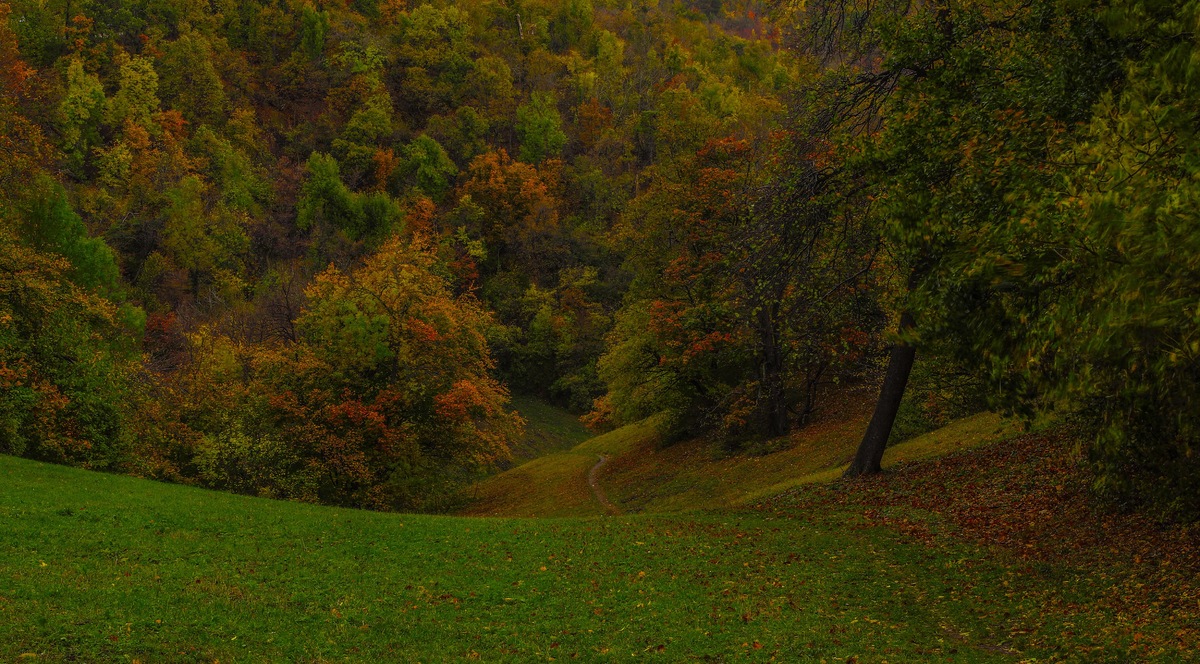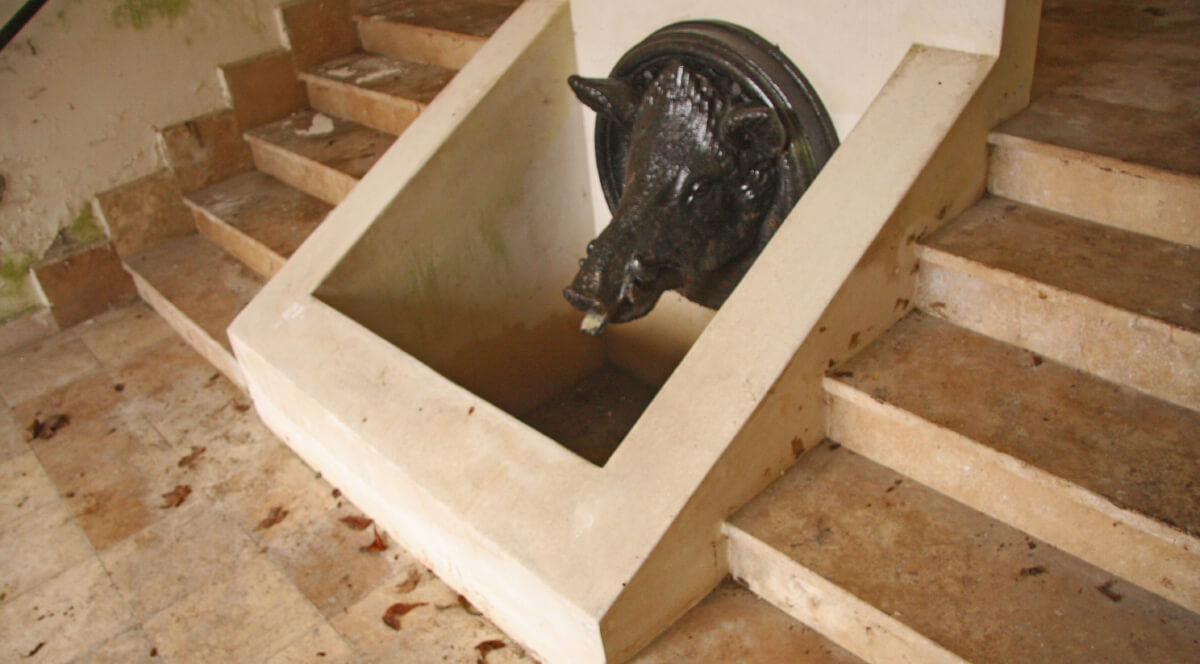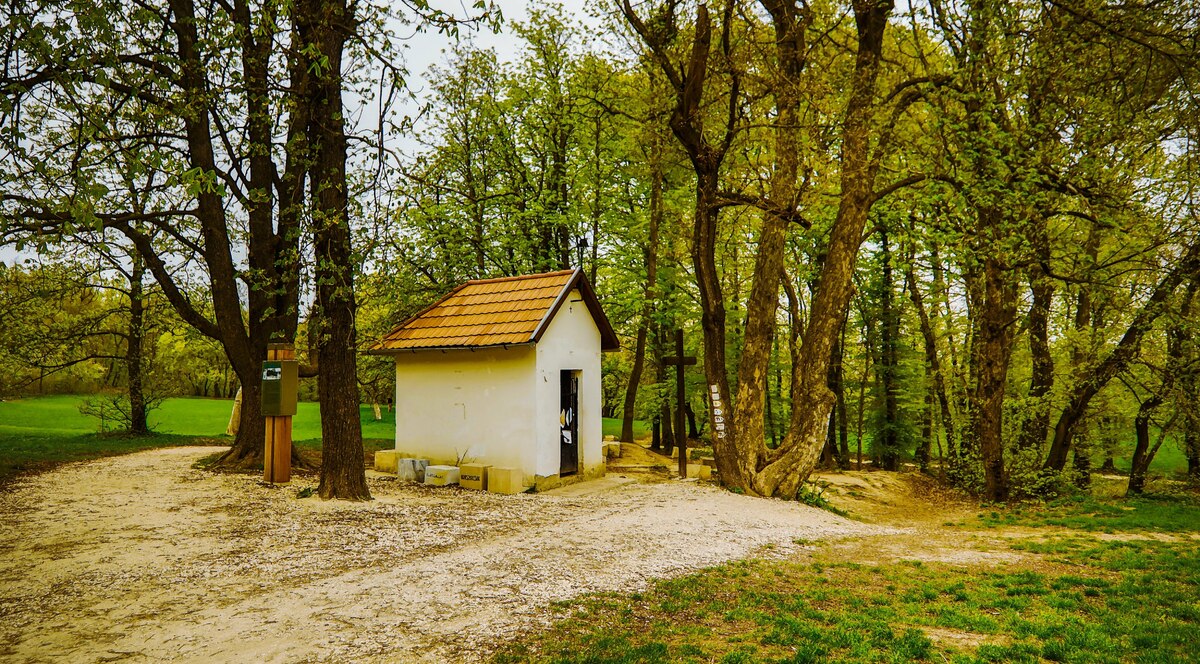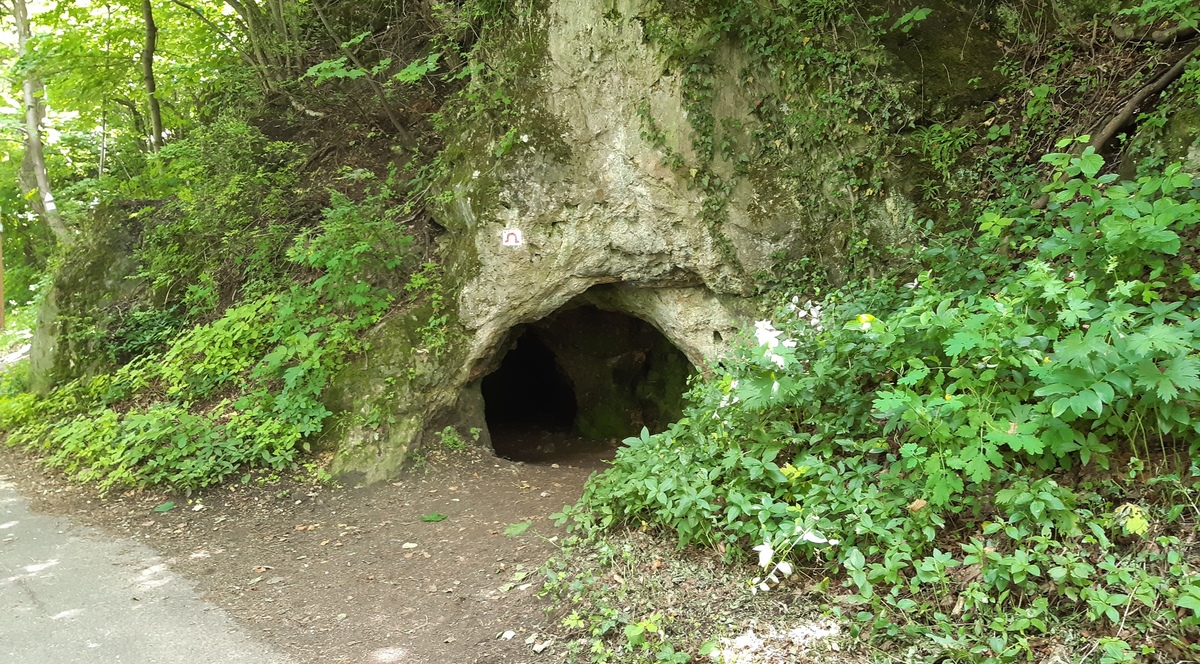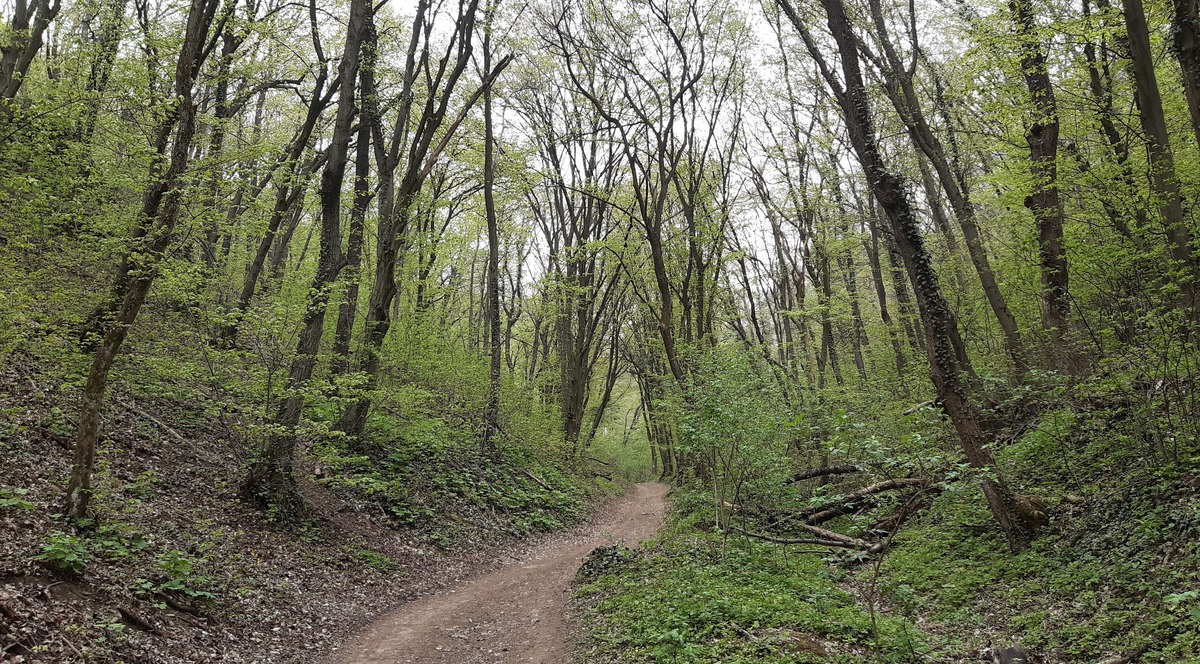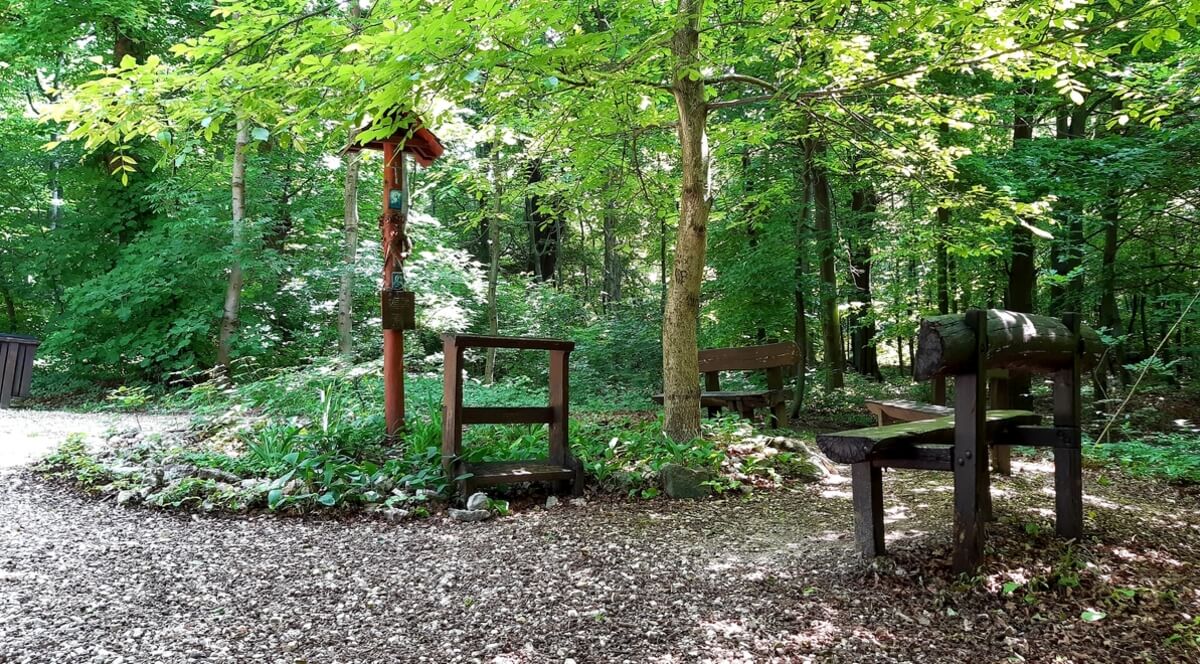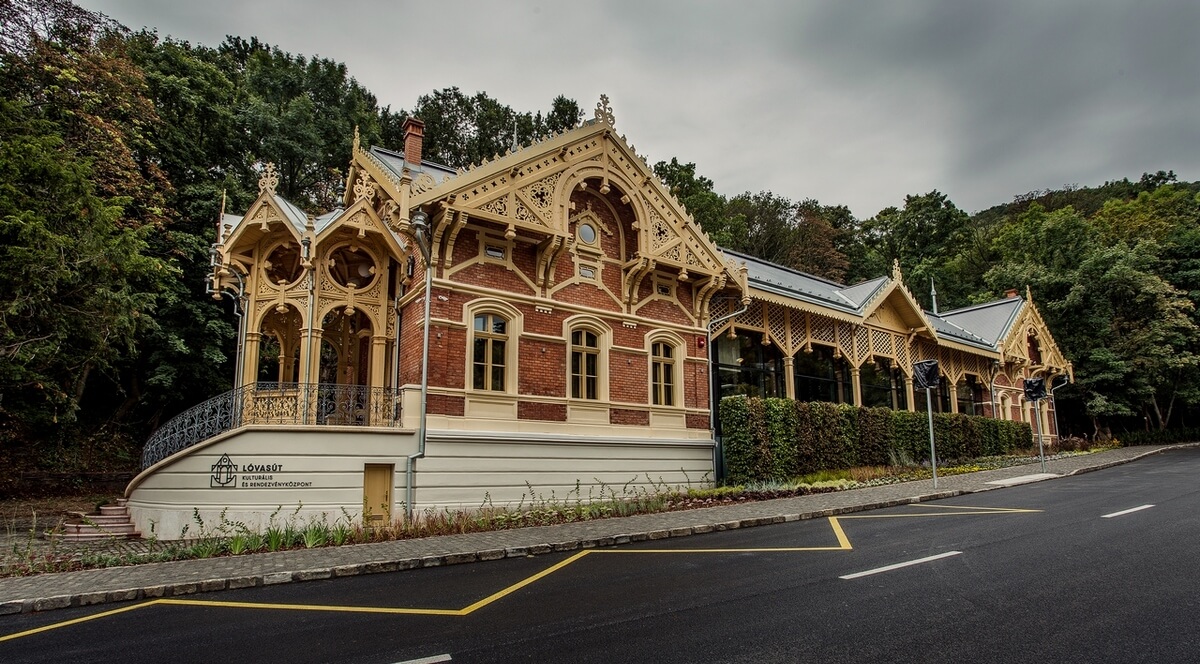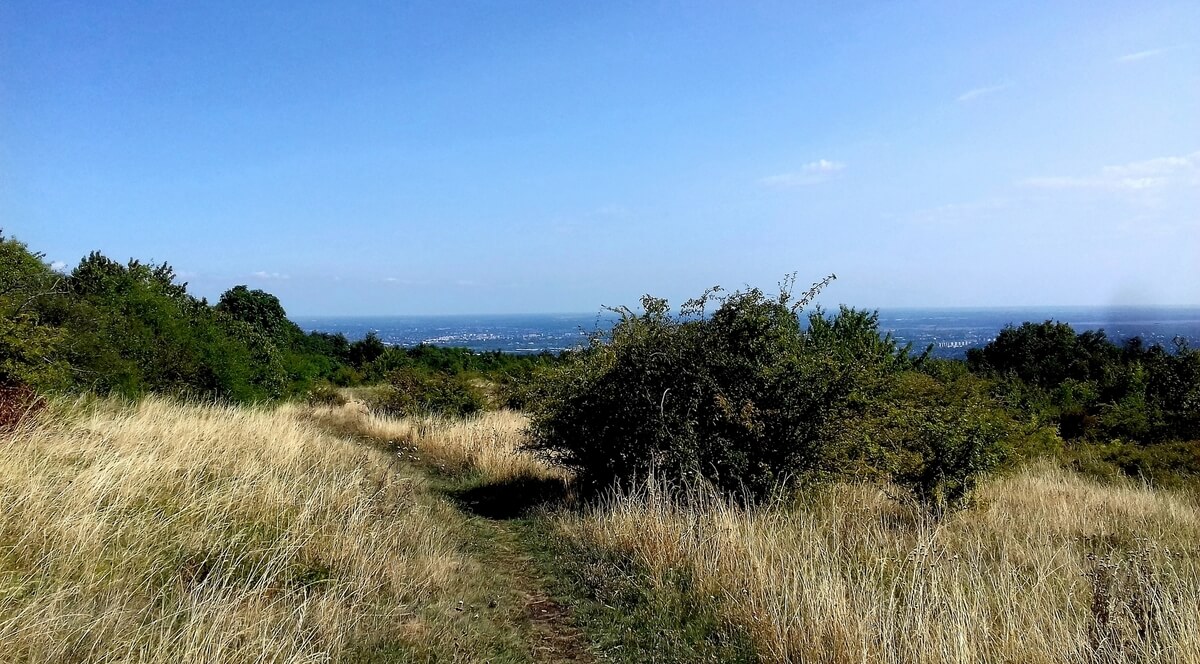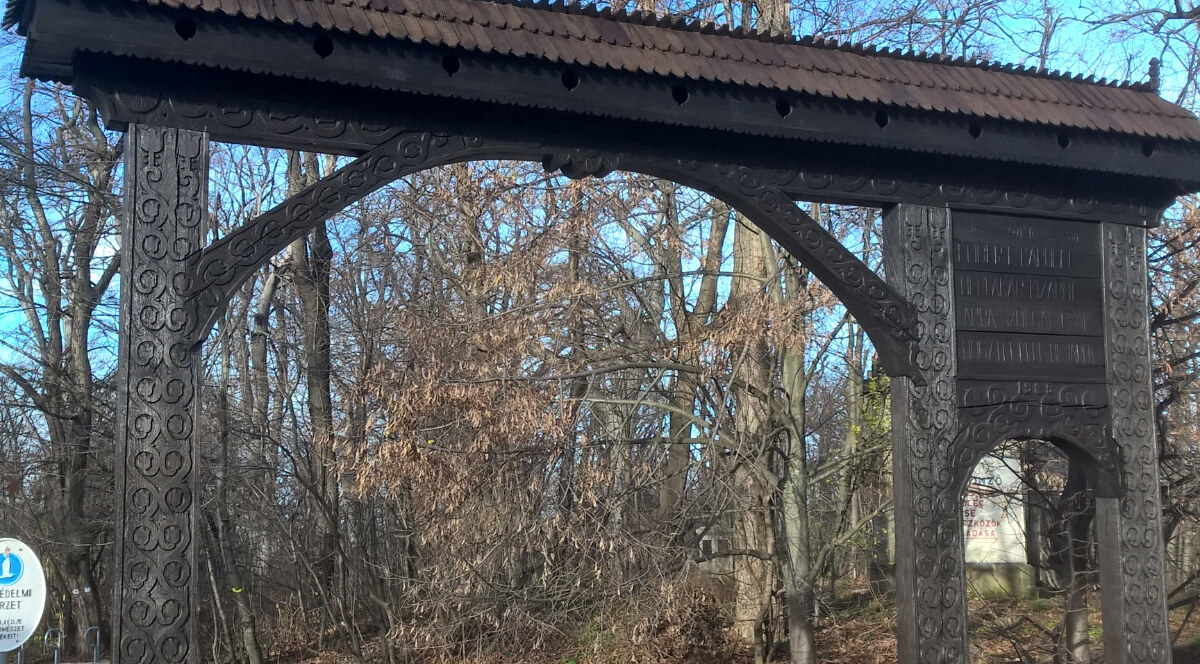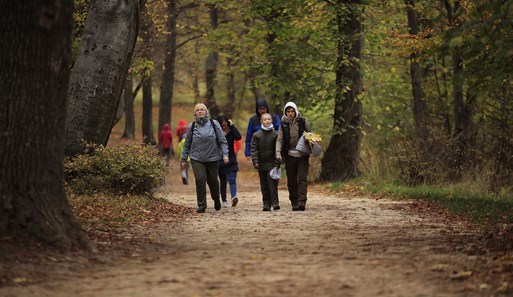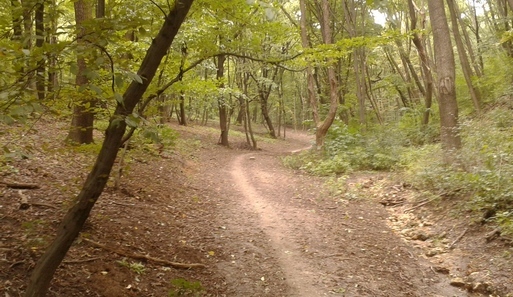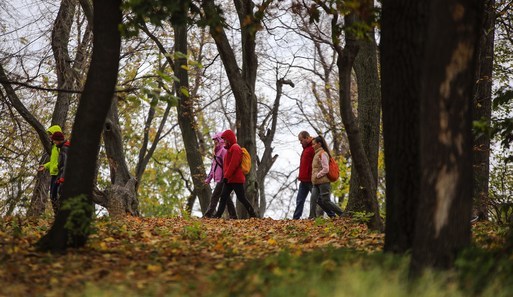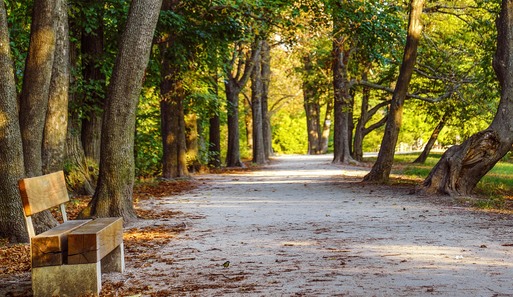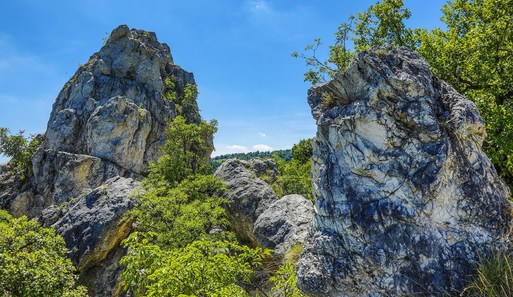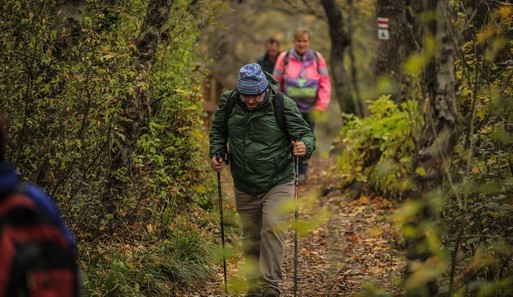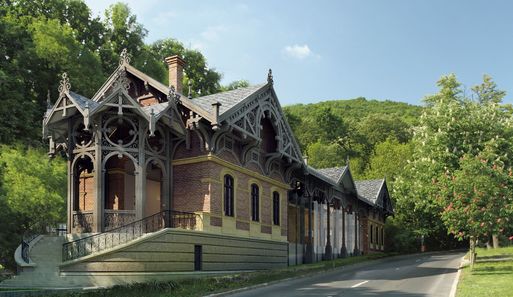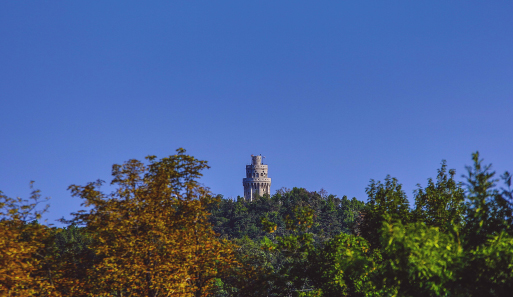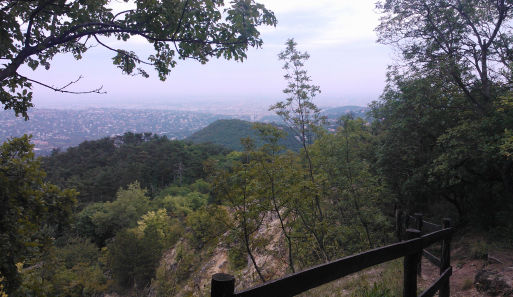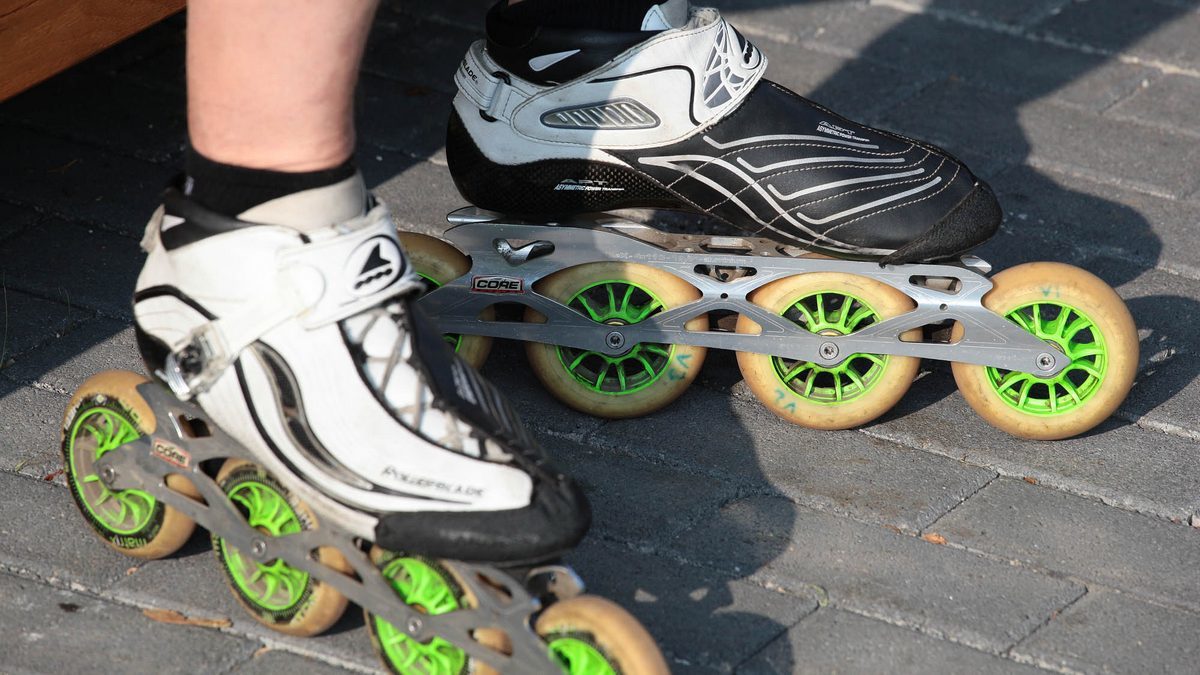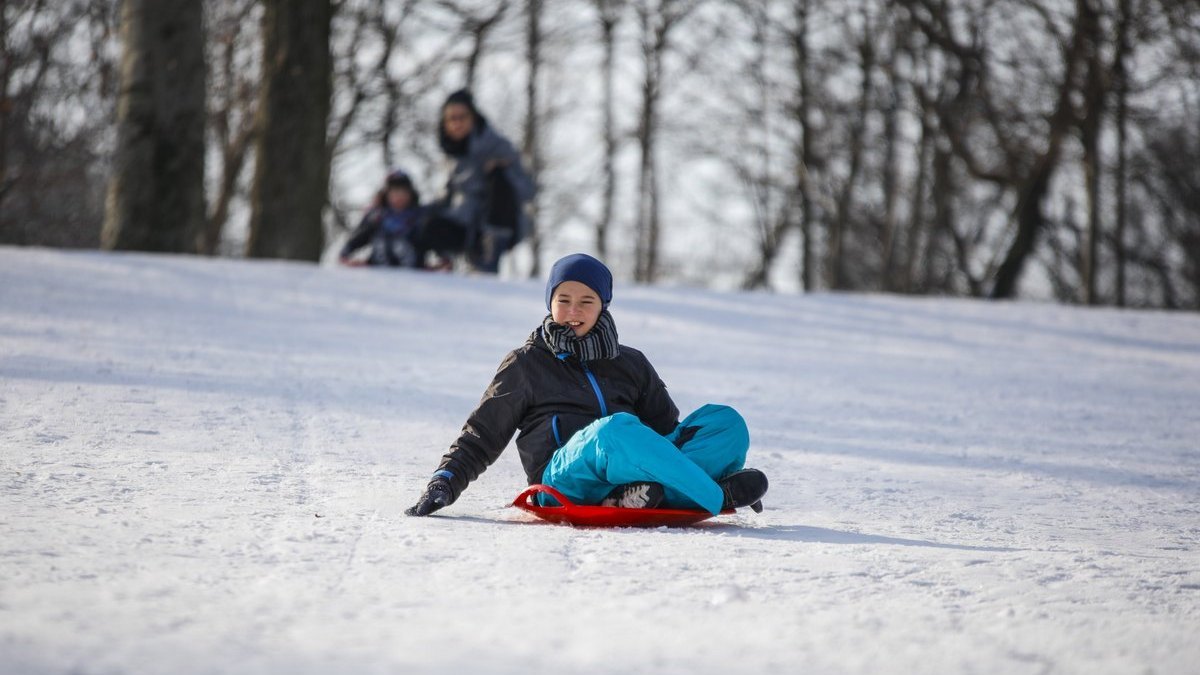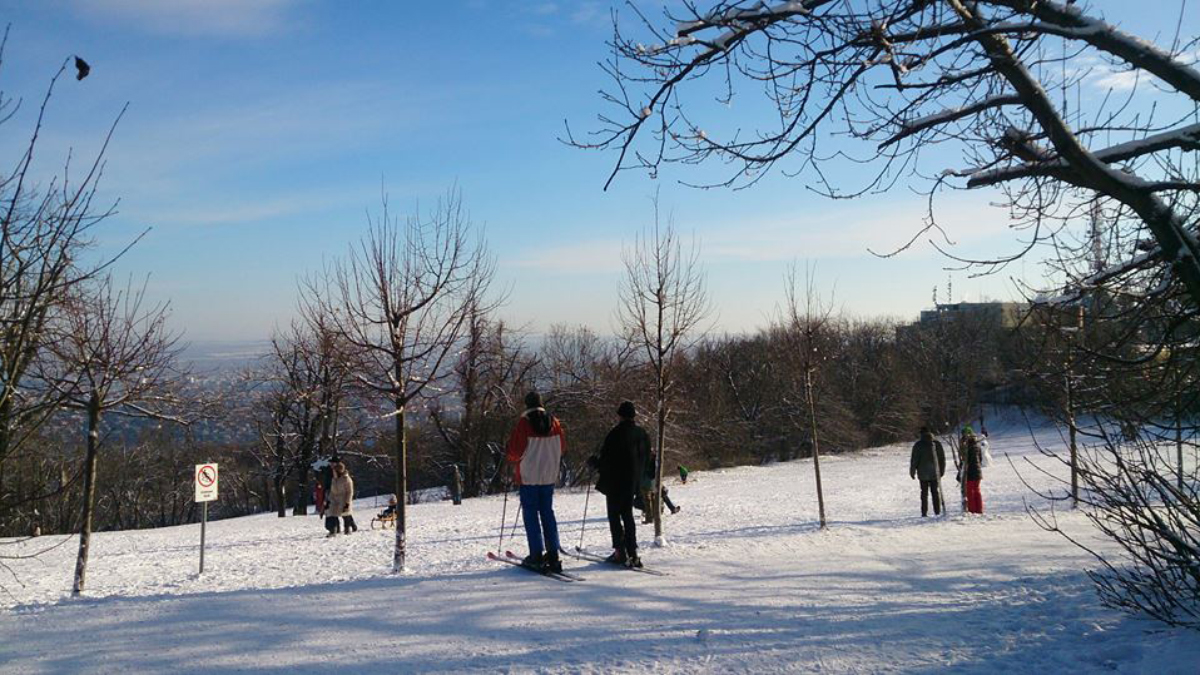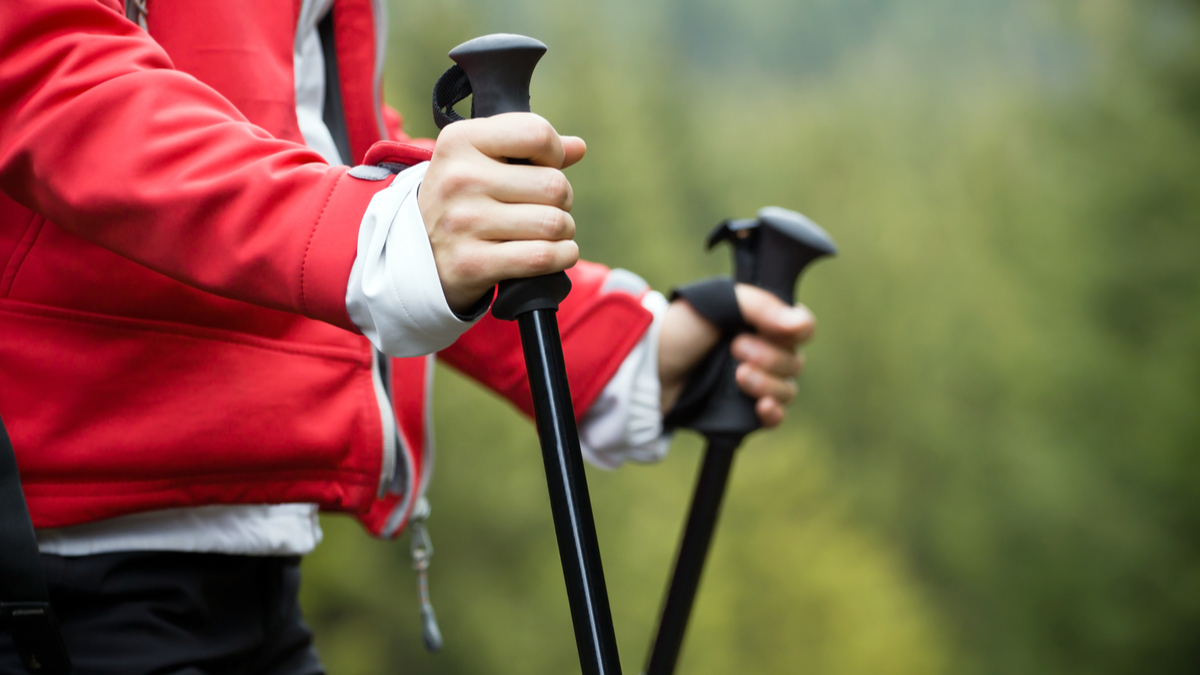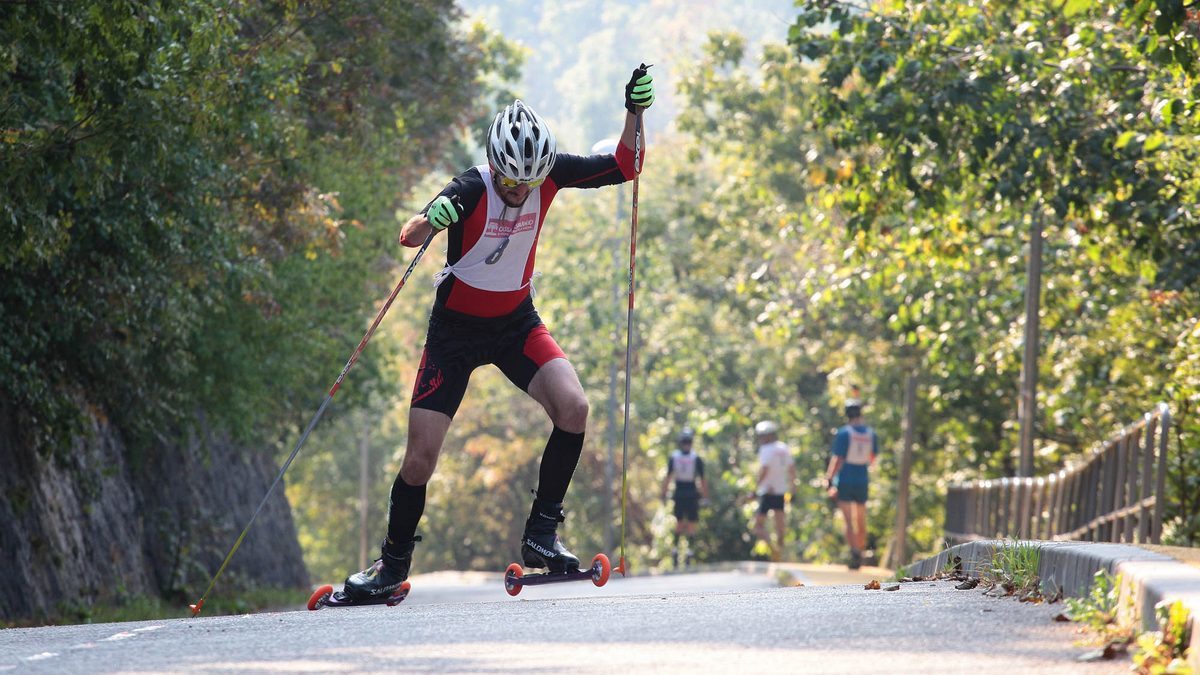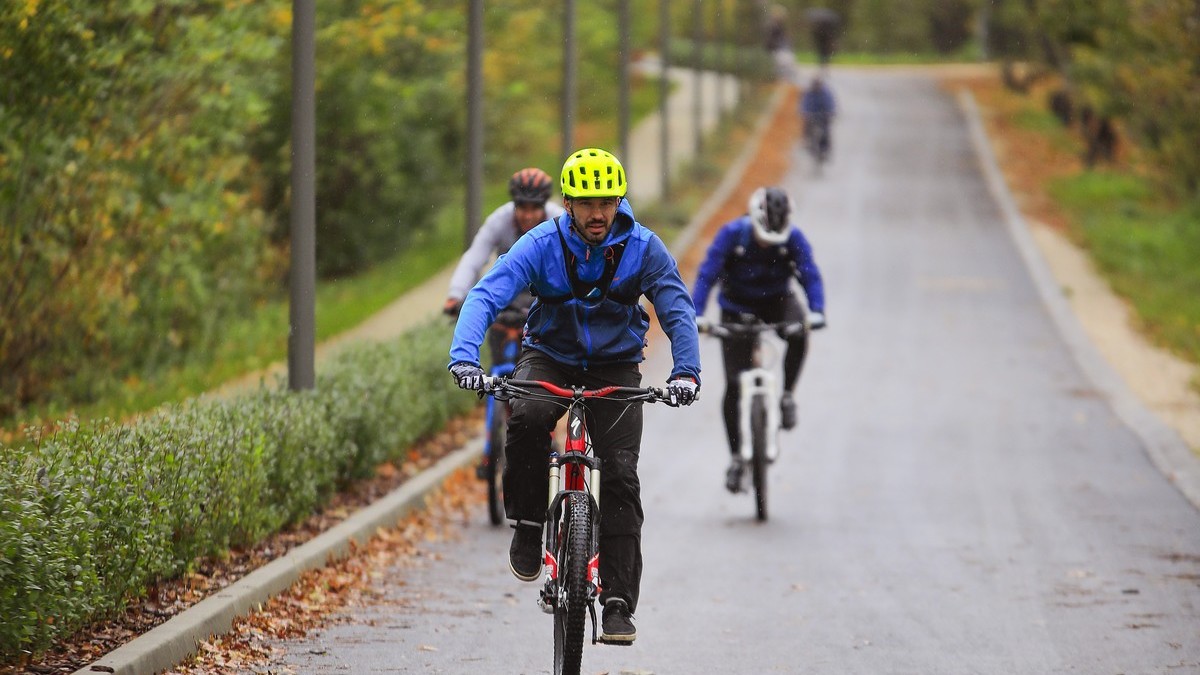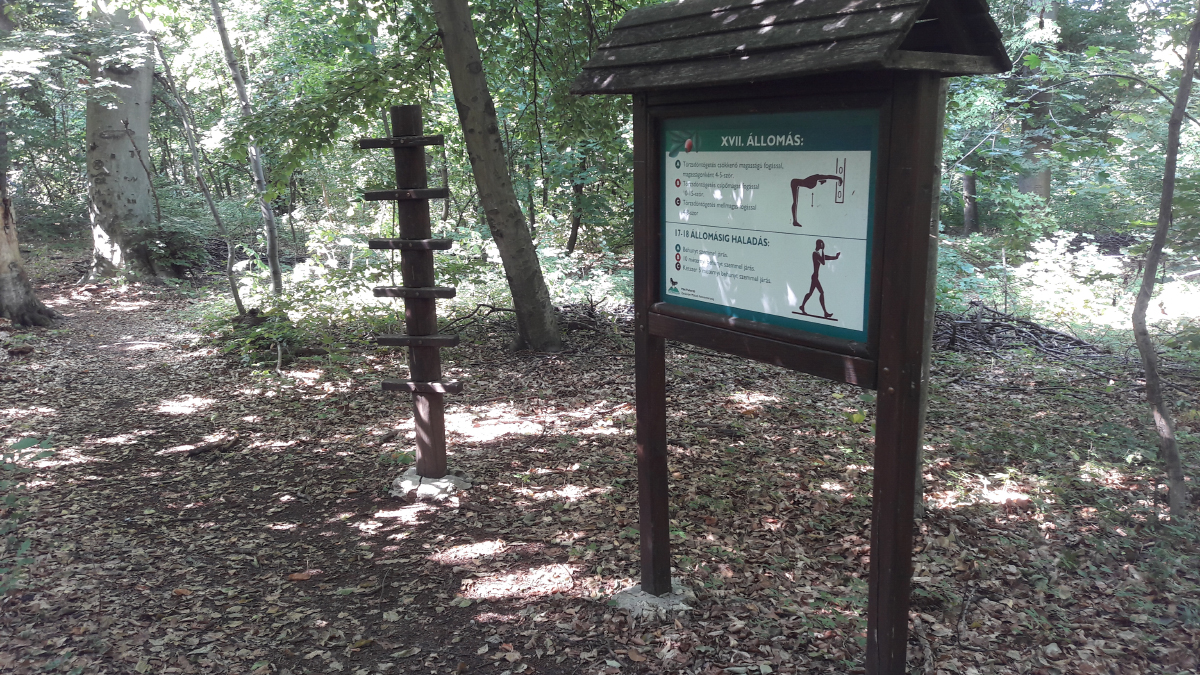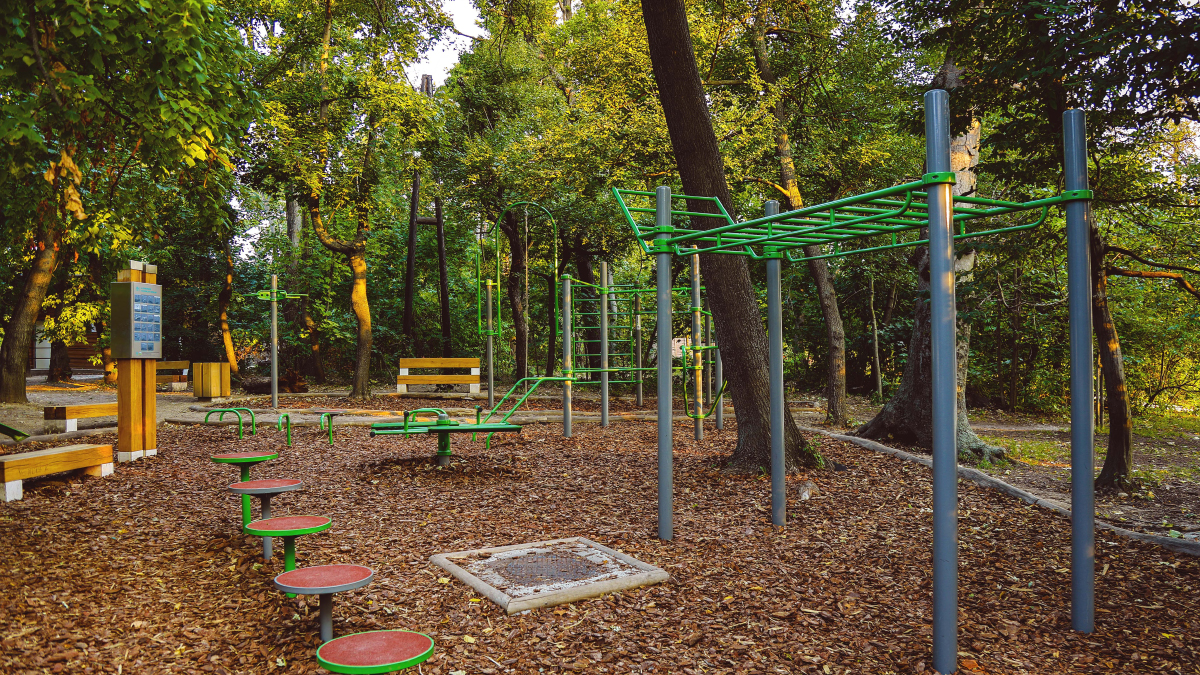The origin of the name Normafa
The capital city’s most well-known natural reserve, Normafa, derive its name from a tree.
An ancient beech tree was brought down by a lightning strike in 1927 after surviving many storms over the centuries. One legend has it that the tree sprouted when King Matthias was born, while others claim that the great king rested in its shade. It may be that it had not stood atop Svábhegy (Swabian Hill) since the fifteenth century, but the great tree certainly was centuries old.
The old Swabian residents referred to the tree as Viharbükk (Storm Beech). It only began to be called Normafa around the middle of the nineteenth century. It was the favourite parkland of many, and among those who enjoyed picnics there were the company of the National Theatre. In 1840, on one such excursion, the beloved actress Rozalia Schodel Klein imagined that the enormous tree, standing alone, greatly resembled the stage set for Bellini’s opera, Norma, and so began to sing the aria from that opera under the tree. From that moment, they called it Normafa (Norma tree), and over time this name slowly came to include the surrounding field also. The memory of that tree is preserved with a plaque, which was dedicated in 1967.
This verse from the poet Gábor Devecseri, who himself lived in Svábhegy, is inscribed upon the plaque:
„Norma tree,
Your branches have swung with the wind through the ages,
And cheery the songs were of ramblers around you,
Norma tree,
May songs come alive in the green of your verdure,
And conquer indifference, and conquer the storm..”
(translation courtesy of Leslie A. Kery)
Sporting activities in Normafa
Svábhegy has been the capital’s preferred destination for hikers, tourists, and those seeking rest and recreation since the seventeenth century. Initially used for hunting, as attested by the locality name Disznófő (Boar Head), the area soon drew more visitors, and increasingly, pilgrims to the Zugliget Pálos Cloister. At the beginning of the eighteenth century, the rapid growth of the town of Pest created a lack of trees, gardens and parks, making the summers unpleasant for the residents who longed for the forests on the outskirts. At first, they visited the taverns of nearby Zugliget by horse and carriage. The taverns enjoyed great popularity among aristocrats, the bourgeoisie, politicians, and artists.
The construction of the cog-wheeled railway in 1871 to Svábhegy, and its extension to Széchenyi-hegy in 1890, helped to boost the area’s popularity. With the invention of the motor car and its increasing use, good quality roads were needed, which in turn gave the area another boost. The first car race was organised in Svábhegy in 1920. (Source: Siklóssy László, Svábhegy, Budapest, 1929)
Two ski jumps, the Big and the Small, appeared in Normafa in the 1920s too. They were used frequently by both local and international ski jumping champions.
The growth of sporting activities in Svábhegy is documented in a book about the history of the Svábhegy Association:
The history of Svábhegy has always been about tourism. The first guidebook appeared in 1844, followed by further illustrated editions. These books contained detailed descriptions of walking trails.
The preferred winter activity was sledding. A sledding slope existed before World War One, which helped restart life after the War, indeed, competitions were organised.
Skiing is recorded from 1895. Not only the slopes of Normafa were enjoyed, but also those of Virányos and Máriamakk. With the creation of the ski jumps, ski jumping began to attract competitors and spectators alike.
World War Two put this flourishing sporting scene on hold, but it soon returned.
An electric ski lift was built in 1971 by the Kis-norma ski run. At one time it carried hundreds of people to the top of the run in an hour. Now, as with the two ski jumps, it is now nothing more than a memory. Despite the fact that one can only return up the hill under one’s own power, skiers, sledders and snowboarders continue to swarm over the hills whenever there is ample snow. Skiing schools hold training there on weekends, and when the snow cover is insufficient, children can continue learning to ski on nearby artificial courses. (Source: Sielők.hu - the Síelők webpage)
It was possible to get to the Zugliget school from the Svabhegy ski slopes across forest trails and clearings, indeed, before cars became more widespread in the mid-60s, one could ski or sled all the way down Zugliget road to the old tram terminus.
Many former ski runs have become overgrown, such as the gentle slope north of the Szilassy road, which had been popular with learners.
Today, Normafa Park is a hub of physical activity for countless numbers of skiers, runners, hikers, cyclists, dog owners, Nordic walkers and sportspeople of every age.


